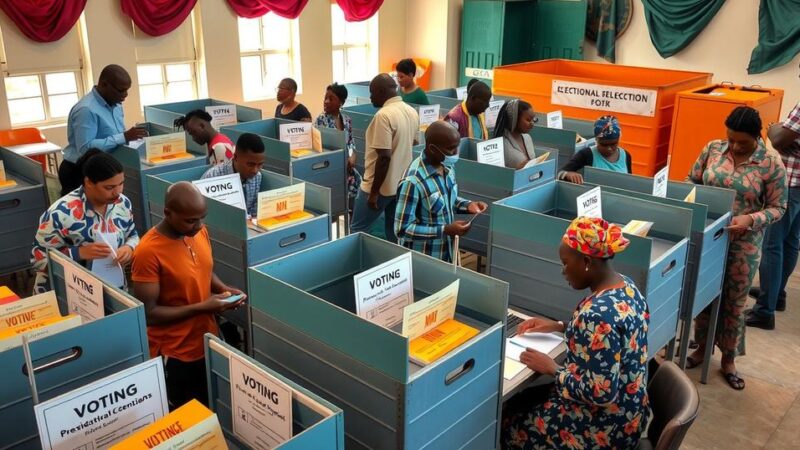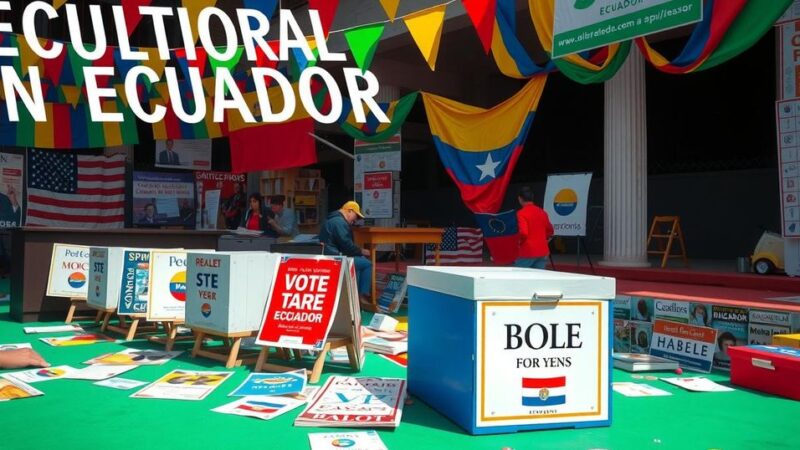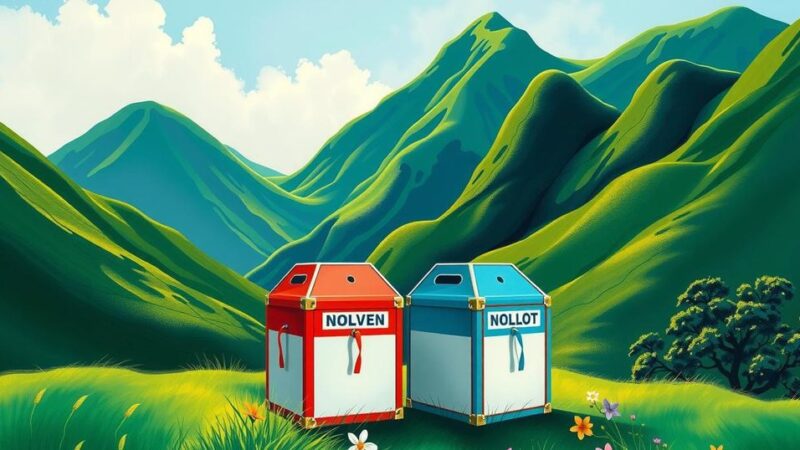On March 9, 2025, widespread protests in Iran erupted as citizens from diverse professions united to denounce government failure on multiple fronts, including corruption, poor living conditions, and economic mismanagement. These demonstrations reflected a significant unrest across the nation, underscored by violent state repression and deteriorating economic conditions impacting daily life.
On March 9, 2025, protests surged throughout Iran as citizens from various sectors unified to express their anger towards government corruption, economic mismanagement, and oppressive policies. Demonstrators, spanning truck drivers, retirees, nurses, and oil workers, articulated their grievances concerning the regime’s failure to respond to their needs.
In Tehran, truck drivers near the Turkish border rallied against corruption in transportation and mining, demanding the return of illegally seized vehicles. University employees also protested, chanting for the resignation of the unjust minister. Concurrently, retirees in Ahvaz, as well as those in Yazd and other regions, rallied against low pensions and demanded their entitlements.
Protests were reported in multiple cities, including Rasht where medical emergency staff expressed their frustration over empty tables and unfulfilled promises. In Mashhad, mixer truck drivers protested against insufficient fuel rations. Additionally, retirees from Qaemshahr and Isfahan echoed demands for fair pensions that correspond with rising living costs.
Despite adverse weather conditions, retirees from Kermanshah raised their voices against economic hardship and corruption, citing grievances regarding pension fund mismanagement and government lies. In varying locations, workers emphasized their demand for rights and better living conditions.
In southern Gachsaran, contract oil workers from Arkan-e Sales staged a mass protest over unpaid wages and unfulfilled benefits. Meanwhile, protests in Zahedan focused on demands for the release of detained youths, met with violent responses from security forces leading to an increase in political incarcerations.
There are concerning reports of escalating crackdowns on protesters. Notably, activist Aboul Kourkour tragically took his own life amid intense police pressure, becoming a symbol of the regime’s oppressive tactics against dissidents. Other dissidents have been similarly victimized by the regime, further fueling public outrage.
Iran’s deteriorating economy significantly contributes to unrest. An economist highlighted that while governmental revenue is stable in dollars, laborers are compensated with a diminished currency. This disparity illustrates the profound economic struggles many face, highlighted by alarming inflation rates and rising poverty levels, further fostering public dissatisfaction.
Reports indicate that the Iranian economy is nearing collapse due to sanctions and governmental refusals to negotiate. With rising costs of living, the number of beggars has increased alongside growing conflicts over competitive sales avenues. This trend reflects a broader societal problem as citizens resort to unproductive labor to survive.
The regime’s violent repression has been met with an enduring wave of dissent, marking a shift of protests from isolated events to a collective national movement. This uprising embodies a growing demand for accountability from the clerical regime as it grapples with widespread public discontent.
The nationwide protests in Iran on March 9, 2025, underscore the significant unrest stemming from pervasive government corruption, economic mismanagement, and a systemic disregard for citizens’ rights. As individuals across various sectors demand accountability and change, the regime faces increasing challenges to its authority. The economic crises further fuel discontent, highlighting the urgent need for reform and engagement with the populace’s pressing concerns.
Original Source: www.ncr-iran.org






